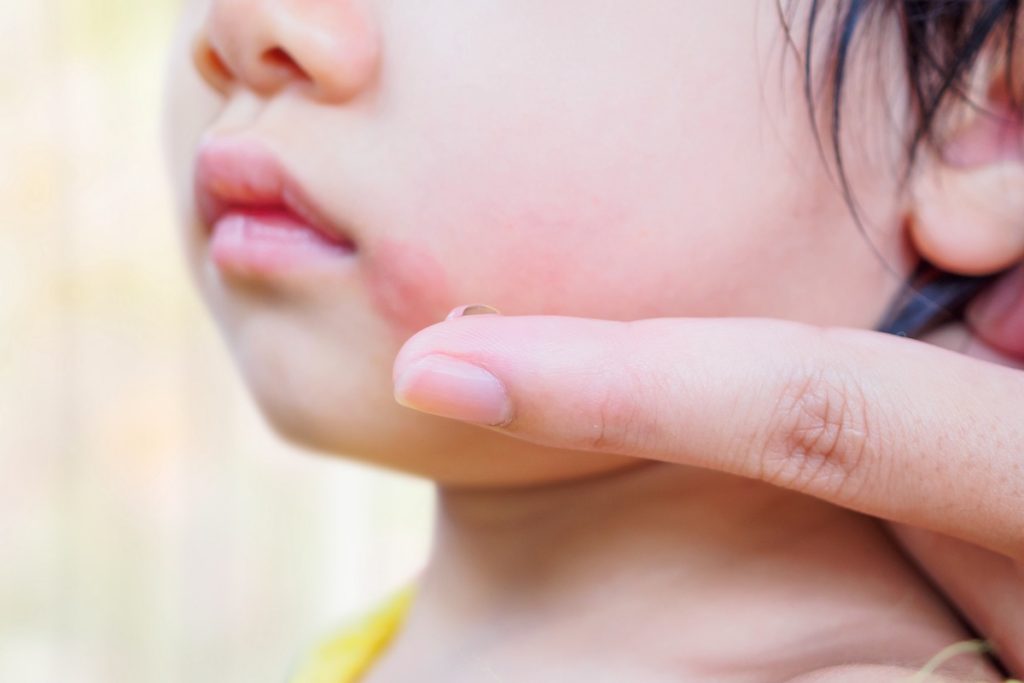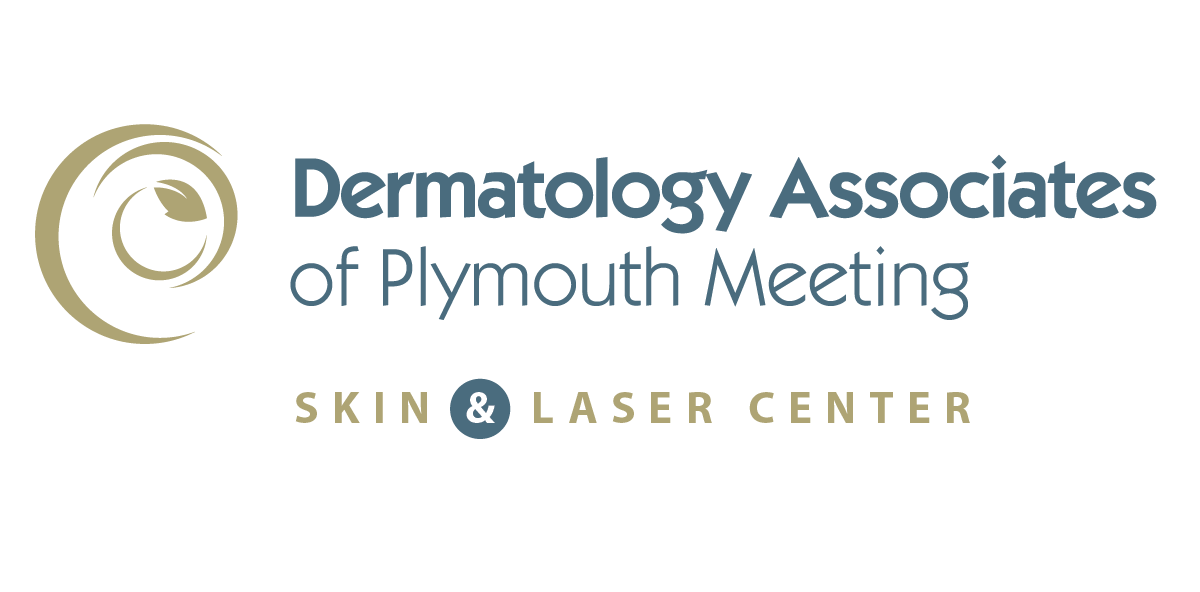Rash Around a Child’s Mouth? It Could Be Perioral Dermatitis.

If your child has a red, bumpy rash around their mouth that just won’t go away, it might be perioral dermatitis—a common skin condition that affects children. Though it is not a serious condition, it can be persistent and may require medical treatment to resolve. While it can resemble acne or eczema, perioral dermatitis has its own unique causes and treatment needs. Understanding what triggers this irritation and how to manage it can help restore your child’s healthy, comfortable skin.
Causes of Perioral Dermatitis in Children
The exact cause of perioral dermatitis is not always clear, but several factors may contribute to its development, including:
- Topical Steroid Use: Prolonged use of steroid creams or inhalers can lead to perioral dermatitis. This often occurs when a steroid is used to treat another skin condition, and discontinuation may temporarily worsen symptoms before improvement.
- Skin Irritants: Toothpaste with fluoride, certain skincare products, and harsh soaps can trigger irritation.
- Bacterial or Fungal Overgrowth: Imbalances in the skin’s natural microbiome may contribute to inflammation.
- Hormonal Changes: Fluctuations in hormone levels, though more common in adolescents, can sometimes be a factor.
- Environmental Factors: Heat, humidity, and excessive drooling in younger children may worsen symptoms.
Recognizing the Symptoms
The signs of perioral dermatitis can vary in severity but often include:
- Red or pink bumps around the mouth, nose, or eyes
- Dry, flaky, or scaly skin in affected areas
- Itching or burning sensations
- Mild swelling or discomfort
- Clusters of small, pus-filled bumps (resembling mild acne)
Unlike some other skin conditions, perioral dermatitis typically does not cause blackheads or deep cysts.
Treatment Options for Pediatric Perioral Dermatitis
Managing perioral dermatitis involves identifying and removing potential triggers while using appropriate treatments. A dermatologist may recommend the following:
- Discontinuing Topical Steroids (If Applicable)
If a child has been using steroid creams, stopping them under a doctor’s guidance is essential. Symptoms may temporarily worsen before improving.
- Using Gentle Skincare Products
Avoiding harsh soaps, fragranced lotions, and fluoride-containing toothpaste can help reduce irritation. Dermatologists often recommend mild, fragrance-free cleansers and moisturizers.
- Prescription Medications
In some cases, a dermatologist may prescribe:
- Topical Antibiotics (e.g., metronidazole or clindamycin) to reduce inflammation and bacterial overgrowth
- Oral Antibiotics (e.g., doxycycline or erythromycin) for more persistent cases
- Topical Calcineurin Inhibitors as an alternative to steroids
- Lifestyle and Home Remedies
- Encouraging children to avoid licking or rubbing the affected area
- Keeping the skin well-hydrated with dermatologist-recommended moisturizers
- Protecting the skin from excessive sun exposure
When to See a Dermatologist
If your child’s perioral dermatitis isn’t improving with gentle skincare or continues to worsen, it’s time to consult a dermatologist. Early intervention can prevent discomfort and ensure the most effective treatment plan.
Schedule a Consultation with DAOPM Today
At Dermatology Associates of Plymouth Meeting, our expert team provides personalized care to help restore your child’s healthy skin. Schedule a consultation today to get the right diagnosis and treatment—because relief starts with the right approach.
